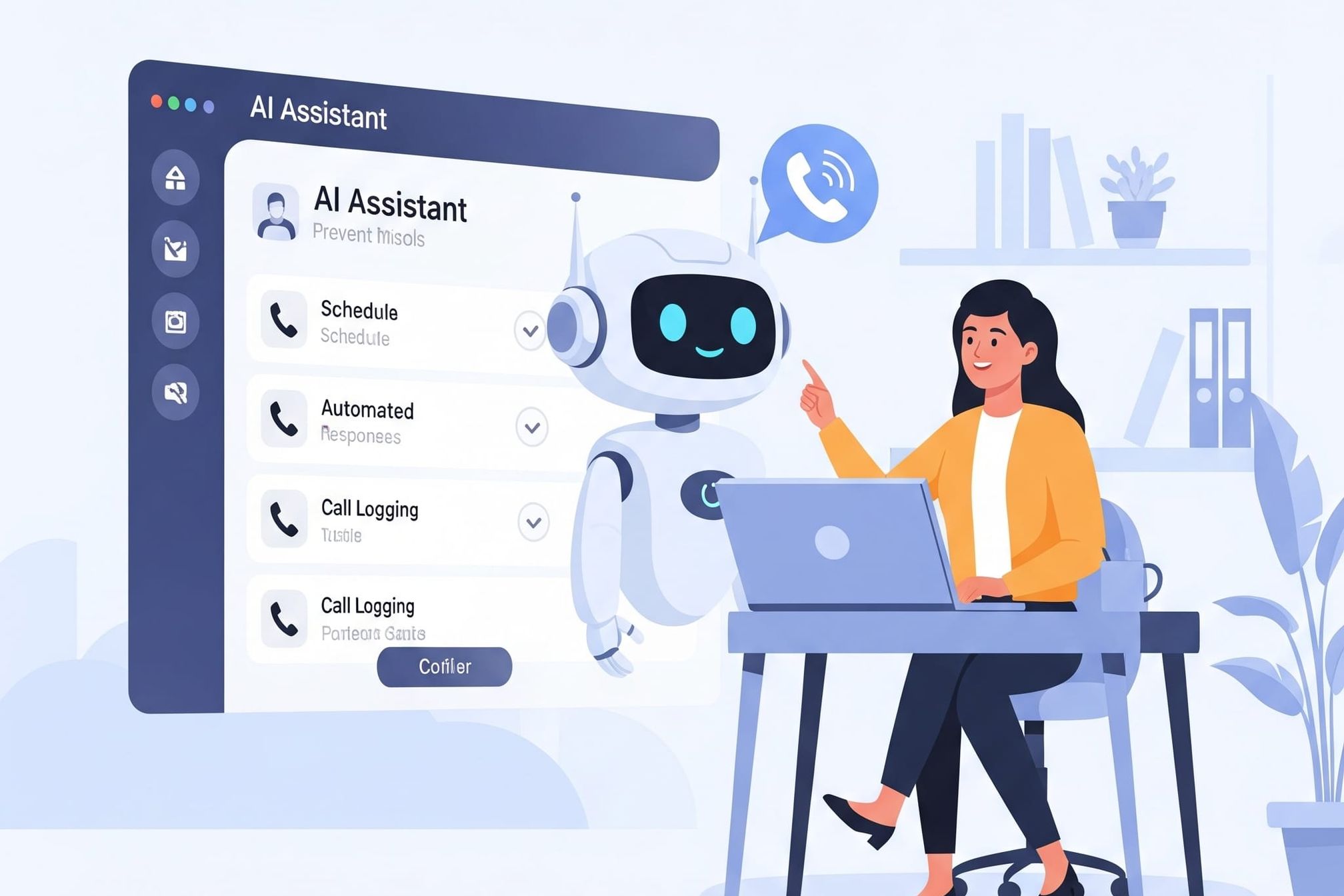Tuesday, June 17, 2025
The Real Cost of Missing a Phone Call: What Every Small Business Owner Should Know


Picture this: A potential customer scrolls through Google, finds your number, and dials. It rings twice. No answer. They shrug, hit the back button, and choose your competitor. In less than thirty seconds, you’ve lost not just a single transaction but the entire lifetime value of that relationship—often hundreds or even thousands of dollars.
Research from Forrester shows that 85 % of prospects never call back after an unanswered ring. Multiply that by the average call volume for a busy home-service or medical practice, and the revenue leak can feel more like a burst pipe than a drip.
In this post, we’ll quantify exactly how much money slips through the cracks when calls go unanswered, unpack the root causes, and show the fastest path to plugging the hole—complete with a real-world case study and an implementation checklist you can execute this week.
1. The Scope of the Problem
1.1 Missed Calls by the Numbers
- 30 % of calls to U.S. small businesses are never picked up during peak season (SMB Communications Report, 2024).
- A single missed call in service industries averages $200–$1,000 in lost lifetime value (LTV) depending on ticket size and repeat business.
- In sectors like HVAC and dental care, missing 10 calls per week can translate into $100 k+ in lost annual revenue.
Quick reality check: Pull last month’s call logs from your phone system and tally missed or abandoned calls. Even a “small” number may shock you.
1.2 Why Customers Won’t Call Back
- Instant-gratification culture – With Amazon-level response times now standard, customers expect immediate answers.
- Plentiful alternatives – Google Maps or Yelp serves up dozens of competitors a tap away.
- Perceived disorganization – A ringing line feels like “nobody’s home,” eroding trust before a sale even begins.
2. Calculating the Hidden Cost
2.1 The Simple Revenue-Loss Formula
Lost Revenue = (Average LTV) × (Missed Calls) × (Close Rate)
Example walkthrough (HVAC shop):
- Average LTV: $750
- Missed Calls per Month: 35
- Close Rate: 65 %
Computation: $750 × 35 × 0.65 = $17,062.50 lost every month.
That figure compounds yearly to more than $200 k—and that’s before factoring in downstream referrals, positive online reviews, or recurring maintenance plans.
2.2 Opportunity Cost and Brand Reputation
- Negative reviews: Unanswered phones rank among the top three customer complaints in local-service Google reviews (BrightLocal, 2025).
- Word-of-mouth loss: A single frustrated caller tells an estimated 9–15 people about their experience (American Express CX Barometer).
- Marketing ROI erosion: Every PPC or SEO dollar spent to generate phone leads loses potency if calls go unhandled.
3. Root Causes of Missed Calls
3.1 Human Limitations
Lunch breaks, sick days, vacation, school runs—life happens, but your phone never stops ringing.
3.2 Inefficient Call Routing
Legacy PBX systems and outdated IVRs often drop or mis-route calls, especially when multiple locations share one line.
3.3 Peak-Load Spikes
Seasonal surges (think first hot day of summer for HVAC or back-to-school dental check-ups) can overwhelm even well-staffed teams.
Pro tip: Audit call timestamps for patterns of overflow. If 60 % of voicemails hit between 4 p.m. and 6 p.m., that’s a red flag for staffing or automation fixes.
4. The Solutions Landscape
4.1 Traditional Answering Services
Pros: Human touch, basic message-taking outside office hours.
Cons: Higher per-minute fees, limited product knowledge, slower response than AI, and no deep CRM integration.
4.2 Hiring an In-House Receptionist
Pros: Full control, brand familiarity, ability to upsell.
Cons: Salary + benefits ≈ $45-60 k/year, turnover risk, unavailable after hours.
4.3 AI Assistants & Virtual Receptionists (24/7)
Modern AI receptionists—like the LeadAxle AI Assistant—field calls round the clock, answer FAQs, schedule appointments, and escalate edge cases to humans.
- Cost efficiency: 40–60 % lower monthly spend than live services.
- Instant response: Average pick-up time under 5 seconds (to make it a more human interaction).
- Scalability: Handles concurrent calls without queueing.
5. Implementation Checklist
- Conduct a Call Audit – Export last 90 days of call logs; tag missed, abandoned, and after-hours calls.
- Quantify the Loss – Use the revenue-loss formula above with your own LTV and close rate.
- Choose the Right Solution – Compare in-house, live answering, and AI across cost, availability, and integration.
- Define Scripts & Escalation Protocols – Map FAQs, pricing inquiries, emergency calls, and owner-only topics.
- Pilot & Measure – Run parallel for two weeks; compare answer rate, bookings, and customer satisfaction.
- Optimize & Scale – Feed common edge-case questions back into the AI; review KPIs monthly.
Frequently Asked Questions
How much revenue does a missed business call cost?
On average, a single missed call can represent anywhere from $200 to $1,000 in lifetime customer value, depending on your industry and average ticket size.
Can AI really answer customer questions accurately?
Yes. Modern AI receptionists built on large language models resolve 90 %+ of routine queries and escalate complex cases to a human in seconds when needed.
Is an answering service or AI cheaper?
Across all of LeadAxle's clients, AI assistants average 40–60 % lower monthly cost than traditional live answering services while providing 24/7 coverage and instant SMS follow-ups.
Will customers notice they’re talking to AI?
Most will not. The assistant’s tone is natural, and callers care more about quick, accurate help than whether the voice is human or synthetic. In the instances that they do notice, they're calling to get answers or a service, not to make conversation.
Conclusion
Missed business calls may feel like a minor nuisance, but they represent a major leak in your revenue pipeline. By quantifying the true cost, identifying root causes, and deploying always-on solutions like AI receptionists, small business owners can reclaim tens—or even hundreds—of thousands in otherwise lost income.